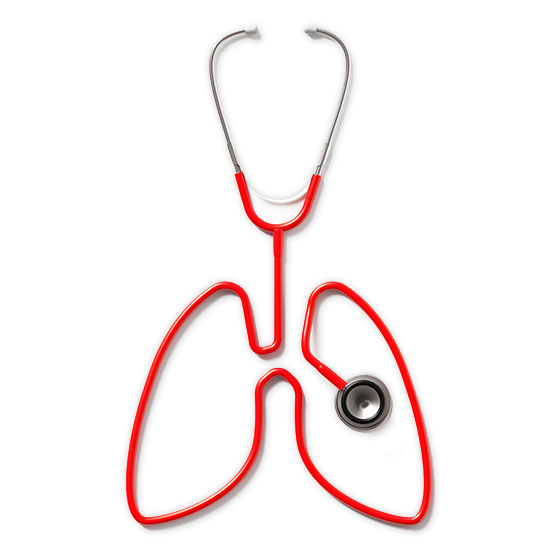Welcome to Bay Area Chest Physicians
Bay Area Chest Physicians are a group of highly skilled, Board-Certified physicians and providers whose specialize in Pulmonary Disorders, Sleep Disorders and Critical Care. They are dedicated to providing timely and compassionate quality patient care. In order to facilitate this goal they have a competent, caring, professional staff to assist with all patient questions and concerns. The Staff includes highly trained Respiratory Therapists, Medical Assistants and Front office staff.






